One-stop lubrication solution | Discover the way to smoothness | Infomak

Engine Oil
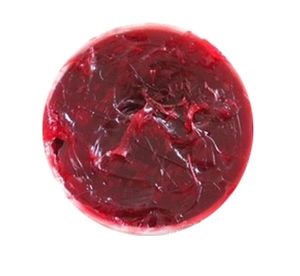
AISO ATF-5 1L Synthetic Automatic Transmission Fluid Professional Chinese Manufacture Automotive Lubricant Base Oil For Cars
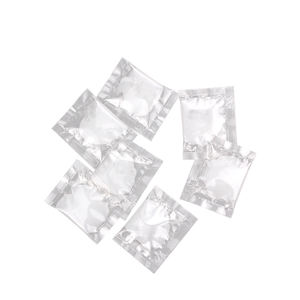
Famous Cheap Sae 5L Car Lubricant Motor Engine Oil 0W-20 Fully Synthetic Oil

Premium 4L 15W40 Automotive Lubricant Natural Gas Engine Oil For LNG & CNG Based On High Quality Base Oil Composition
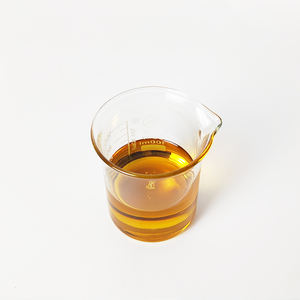
High Quality 1L 4L 208L Auto Lubricants Advanced Fully Synthetic Gasoline Lubricant Motor Engine Oil 0W30 5W40 5W30 for Cars
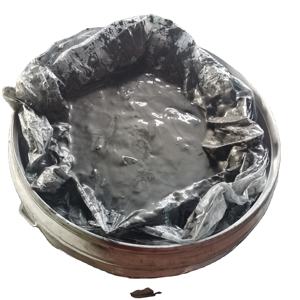
High Quality Clutch Fluid Factory Whole Break Fluid Dot 3 Dot3+ Lubricant Forklift Clutch Synthetic Oil Brake Fluid
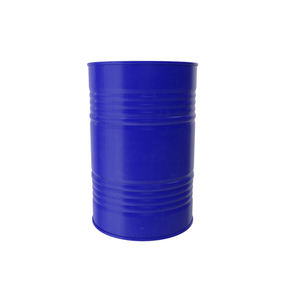
Auto Car Engine Oil Lubricants Motor Oil 5W30 0W20 0W30 0W40 5W30 5W40 10W30 10W40 15W40 20W50 SAE50 ATF CVT Coolant Antifreezes
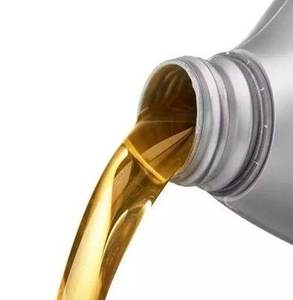
Top Performance 10W30 SM Petrol Engine Oil Motor Oil Whole Automotive Lubricants Best ing Oil
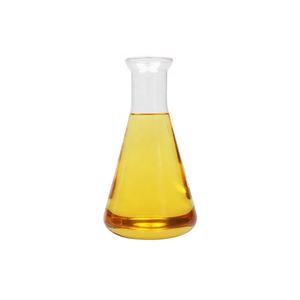
Automotive Oil 200L 1000L Fully Synthetic GL Gasoline Engine Oil 0W40 0W30 10W40 20W50 Motor Car Lubricants (AGO)
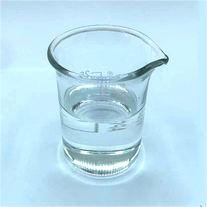
Low Ash, Long Life Heavy Duty Diesel Engine Oil diesel Engine Oil Motor Car Engine Oill Minerals Lubricants

Power up 10W40 SAE Semi Synthetic Engine Oil API SN/CF Certified Automotive Lubricant with Base Oil for Powering up Your Vehicle
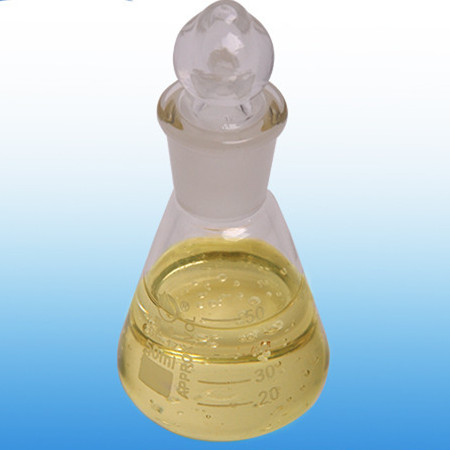
Whole Lubricant Oil Mobil 1 0w20 946ml Motor Oil Fully Synthetic Engine Oil
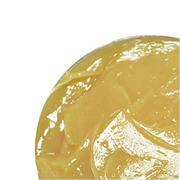
38459582 Warranty 4000H Air Compressor Lubricant Oil Ultra Coolant For Ingersoll Rand
Introduction to engine lubricants
Engine lubricants (also known as motor oils) are lubricants used in internal combustion engines (such as cars, motorcycles, ships, etc.). Their main function is to reduce friction and wear between metal parts inside the engine, and at the same time, they have cooling, cleaning, sealing, rust prevention and impact buffering functions.
Composition: base oil (mineral oil, synthetic oil or semi-synthetic oil) + additives (anti-wear agents, detergent dispersants, antioxidants, etc.).
Classification:
By base oil type: mineral oil, semi-synthetic oil, fully synthetic oil (performance increases in turn).
By viscosity grade: SAE standard (such as 5W-30, W represents low-temperature fluidity in winter, and numbers represent high-temperature viscosity).
By API quality grade: such as SN, SP (gasoline engine), CK-4, CJ-4 (diesel engine), the later the letter, the better the performance.
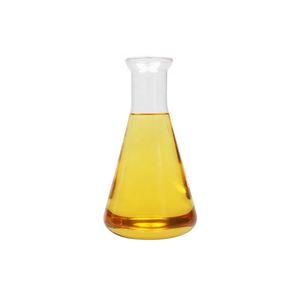
2. Characteristics of engine lubricants
Lubrication and anti-wear
Forming an oil film to isolate metal contact and reduce friction and wear (such as pistons and cylinders).
Contains anti-wear additives (such as zinc and phosphorus compounds).
Temperature adaptability
Low-temperature stability: Low viscosity (such as 0W, 5W) ensures fast flow during a cold start.
High-temperature stability: High viscosity (such as 40, 50) maintains oil film strength at high temperatures.
Cleaning and dispersion
Additives can dissolve carbon deposits and sludge to prevent deposition (such as sulfonate detergents).
Anti-oxidation and long-term performance
Synthetic oil has a stronger antioxidant capacity and extends the oil change cycle (such as full synthetic oil up to 15,000 kilometers).
Sealing and leak prevention
Fill the gap between the piston ring and the cylinder to improve compression efficiency.
Rust and corrosion prevention
Neutralize acidic substances (such as sulfides produced by combustion) to protect metal surfaces.
Environmental protection
Low sulfur and low ash formulas reduce exhaust pollution (in compliance with API SP/GF-6 and other standards).
Application of engine lubricants
Automotive engines
Gasoline vehicles: API SP/SN grade, viscosity is selected according to climate (such as 5W-30 is suitable for all seasons).
Diesel vehicles: API CK-4/CJ-4, suitable for high-load commercial vehicles.
Motorcycle oil
Some need to take into account clutch lubrication (MA/MB standard) and avoid using automobile oil to cause slippage.
Special machinery
Engineering machinery, agricultural diesel engines (such as CF-4 grade high viscosity oil).
Racing/high-performance engines: Fully synthetic oil (such as 0W-40), high temperature and high shear resistance.
Ships and aviation
Special oil for marine diesel engines (such as SAE 40 single-grade oil).
Aviation piston engine oil (special synthetic formula).
Industrial field
Internal combustion engine equipment such as generator sets and compressors.

Company Profile
Infomak is a trusted global chemical material supplier & manufacturer with over 12-year-experience in providing super high-quality lubricant and relatives products.
The company has a professional technical department and Quality Supervision Department, a well-equipped laboratory, and equipped with advanced testing equipment and after-sales customer service center.
If you are looking for high-quality lubricant materials and relative products, please feel free to contact us or click on the needed products to send an inquiry.
Payment Methods
L/C, T/T, Western Union, Paypal, Credit Card etc.

Shipment
It could be shipped by sea, by air, or by reveal ASAP as soon as repayment receipt.
FAQs
1. What is the difference between synthetic, semi-synthetic, and mineral oil?
- Mineral Oil: Derived from crude oil, basic refining, cheaper but less stable at high temperatures.
- Semi-Synthetic Oil: A blend of mineral and synthetic oil, offering better performance than mineral oil at a moderate cost.
- Full Synthetic Oil: Chemically engineered for superior lubrication, high-temperature stability, and longer drain intervals. Best for high-performance engines.
2. How often should I change my engine oil?
- Standard recommendation: Every 5,000–7,500 km (3,000–5,000 miles) for conventional oil, 10,000–15,000 km (6,000–9,000 miles) for synthetic oil.
- Factors affecting oil life: Driving conditions (stop-and-go traffic, towing), engine age, and oil type. Always check the vehicle manufacturer’s guidelines.
3. What does the "5W-30" or "10W-40" on oil labels mean?
- These numbers represent the viscosity grade (SAE standard):
- First number (e.g., 5W): Cold-weather performance ("W" = Winter). Lower numbers (e.g., 0W, 5W) mean better flow in cold starts.
- Second number (e.g., 30, 40): High-temperature viscosity. Higher numbers (e.g., 40, 50) mean thicker oil at operating temperature.
4. Can I mix different types or brands of engine oil?
- Not recommended, as different oils may have incompatible additives.
- In emergencies, mixing the same viscosity and type (e.g., two 5W-30 synthetic oils) is acceptable, but an oil change should follow soon.
5. What happens if I use the wrong engine oil?
- Too thick (e.g., 20W-50 in cold weather): Poor cold starts, reduced fuel efficiency.
- Too thin (e.g., 0W-20 in an old engine): Increased wear, possible oil leaks.
- Wrong API specification (e.g., diesel oil in a gasoline engine): Reduced performance, potential engine damage.